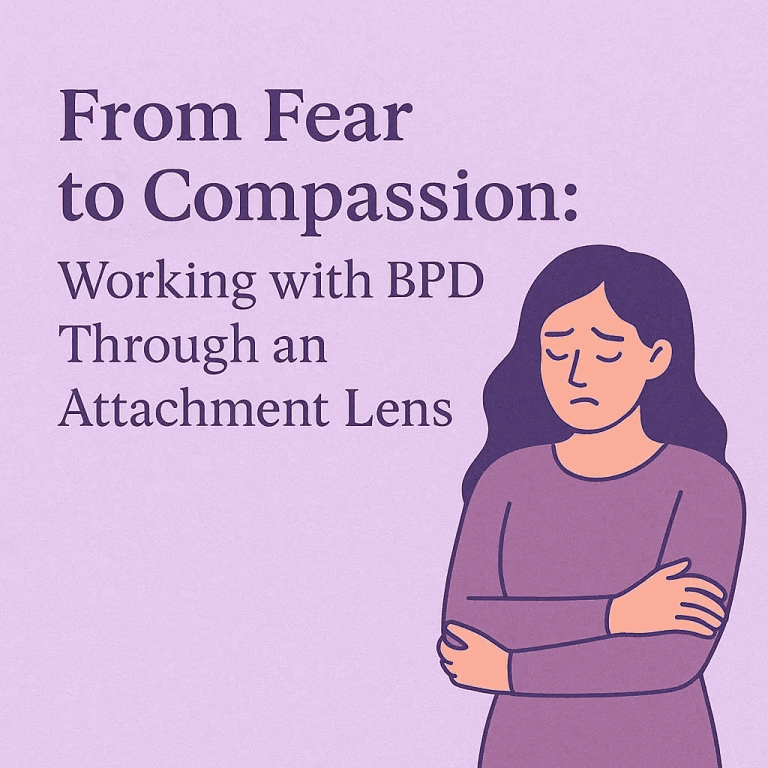Detecting and Unlocking Hidden Attachment Patterns
In the ever-evolving landscape of mental health and psychotherapy, attachment-based psychotherapeutic counselling is emerging as a transformative approach to healing relational wounds and fostering emotional resilience. By detecting hidden patterns of insecure attachment through observable client behaviours and neurobiological cues, we gain profound insights into how past experiences shape present relationships, emotions, and sense of self.
Why Attachment Matters
Attachment theory, pioneered by John Bowlby and later expanded by Mary Ainsworth and others, reveals how early relationships with caregivers form the blueprint for our emotional and relational lives. Secure attachment fosters confidence, trust, and emotional regulation, while insecure attachment—whether avoidant, anxious, or disorganised—can manifest in self-doubt, relational struggles, and emotional dysregulation.
As counsellors and psychotherapists, our challenge is to decode the unspoken, recognise subtle behavioural cues, and attune to the body’s neurobiological responses to uncover these deep-rooted attachment patterns.
Detecting Hidden Attachment Patterns
Many clients may not consciously recognise how their early attachment experiences influence their present lives. However, their bodies, emotions, and relational dynamics tell the story. Key indicators include:
🔍 Nonverbal Cues: Eye contact avoidance, facial microexpressions, or body language shifts can signal discomfort with intimacy or trust.
🔍 Relational Themes: Recurrent patterns in friendships, romantic relationships, or workplace interactions may highlight unresolved attachment wounds.
🔍 Emotional Triggers: Overreactions or withdrawal in response to perceived rejection, criticism, or closeness often indicate underlying attachment anxieties.
🔍 Physiological Responses: Increased heart rate, muscle tension, or dissociation in response to emotional vulnerability can reveal neurobiological imprints of past relational trauma.
The Role of the Therapist: Creating a Secure Base
Attachment-based counselling does more than explore past wounds—it provides a corrective emotional experience through the therapeutic relationship. By offering a safe, attuned, and responsive presence, we help clients develop new ways of relating, trusting, and feeling secure in themselves.
Through interventions such as:
✔️ Reflective exploration (Mentalisation) – Helping clients identify and reframe attachment patterns in real-time.
✔️ Somatic attunement – Noticing and regulating physiological responses linked to early attachment wounds.
✔️ Emotionally corrective experiences – Offering consistency, empathy, and attunement to rewire insecure attachment models.
✔️ Neuroscientific integration – Using insights about affect regulation research to support emotional healing.
Bringing Transformation Through Awareness
By integrating attachment theory, neuroscience, and embodied awareness, therapists can guide clients toward profound healing. When we detect hidden attachment patterns, we unlock new pathways to secure, fulfilling relationships—both with others and within ourselves.
Are you ready to embrace the power of attachment-based psychotherapeutic counselling?
Let’s redefine mental health support by fostering safety, trust, and relational healing in therapy. Drop a comment or connect if you’d like to explore more!






